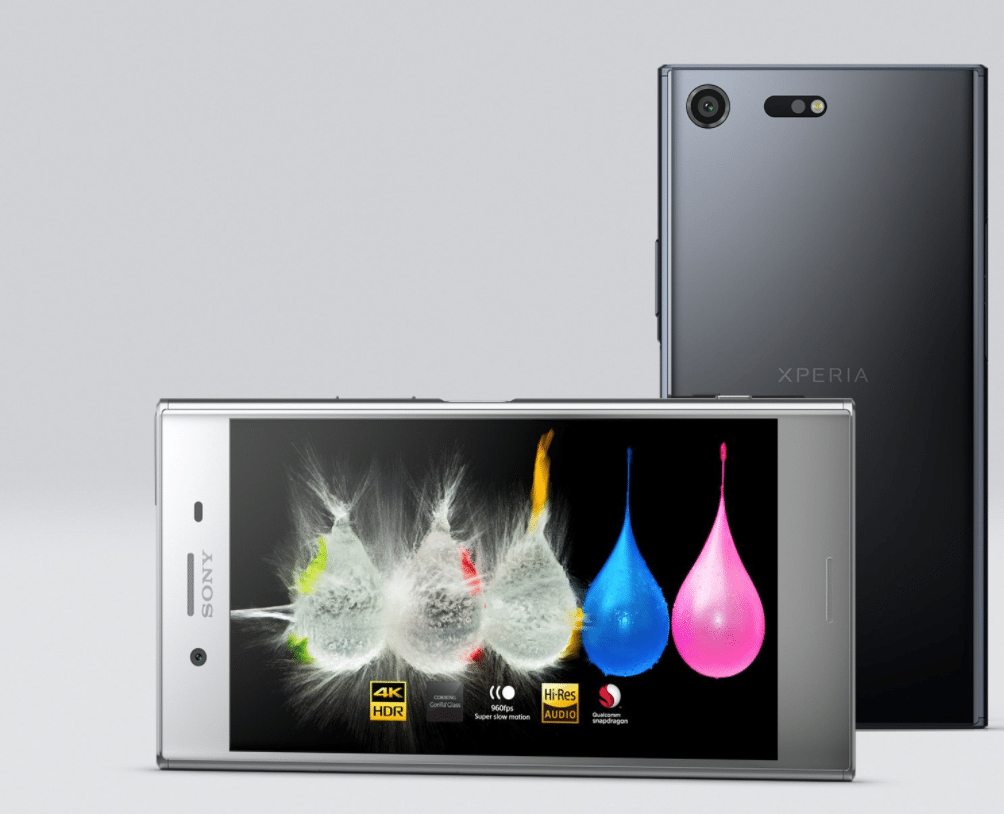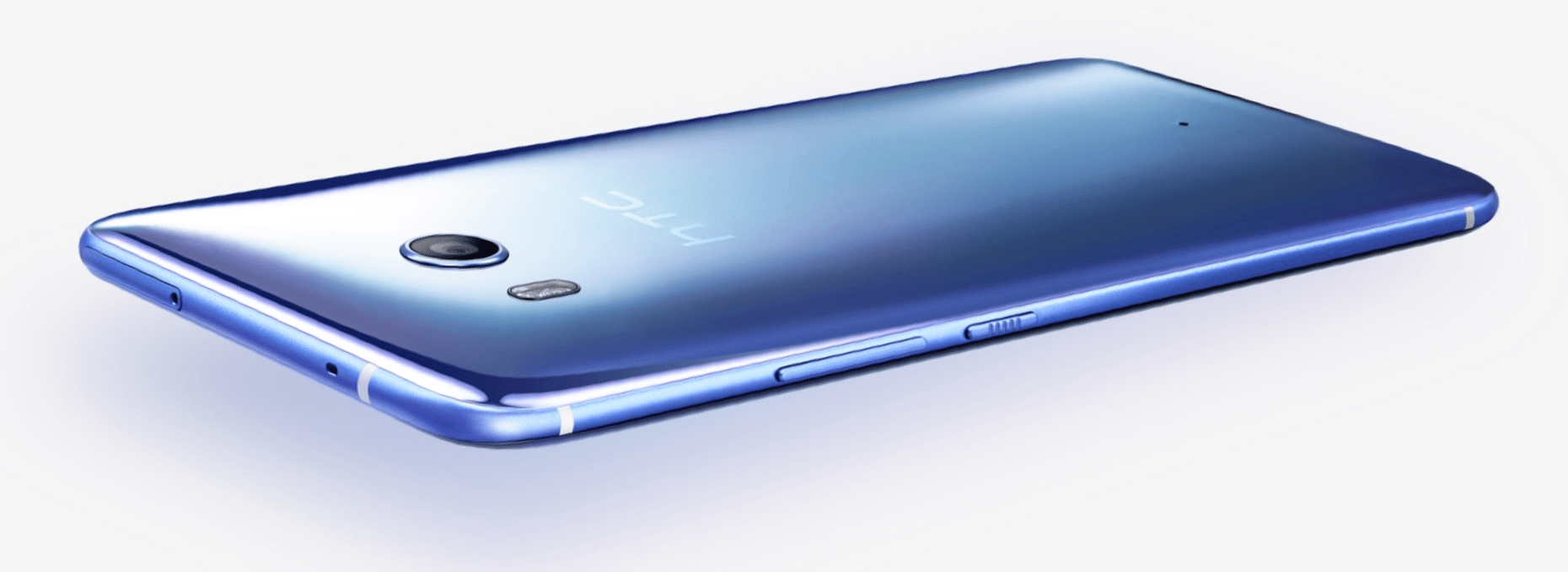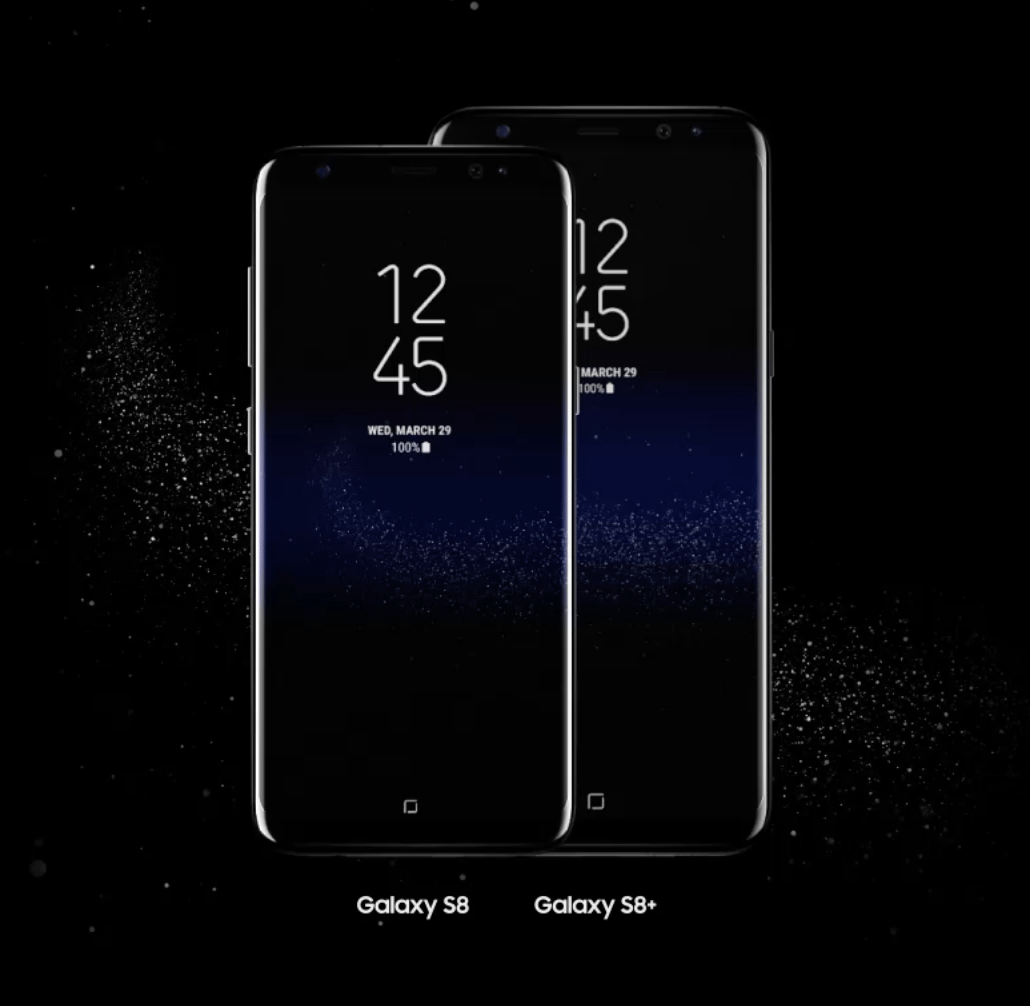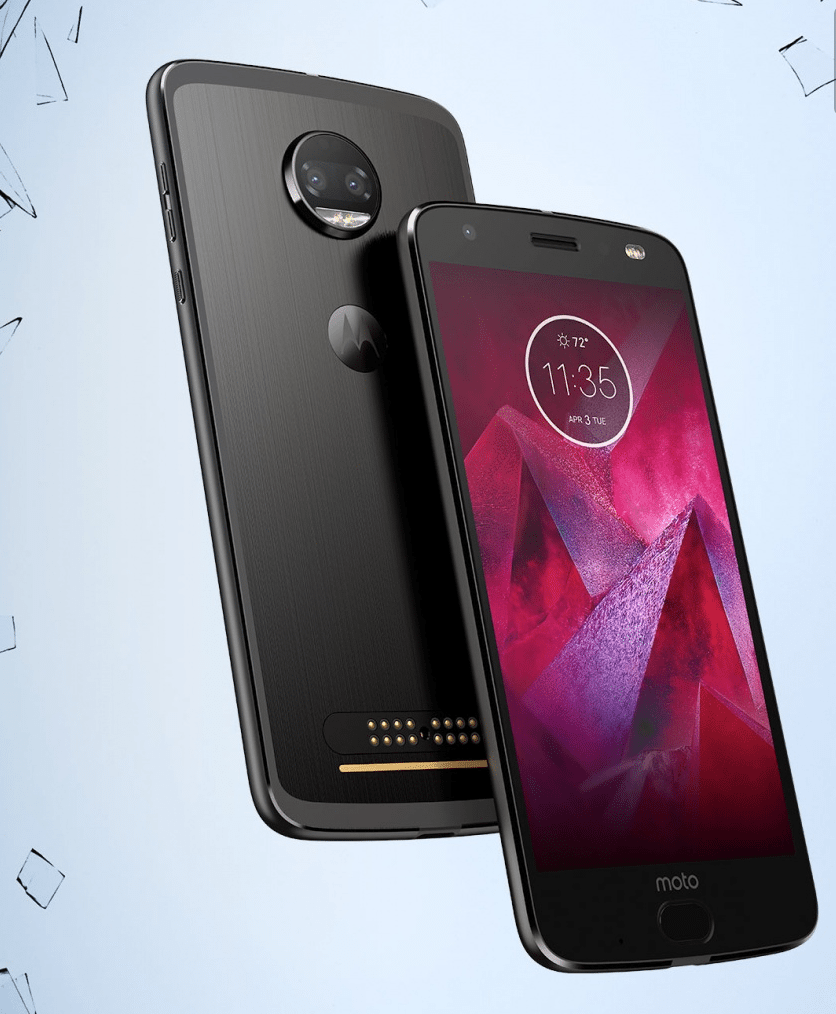The six devices that support gigabit LTE are built on Qualcomm’s Snapdragon 835 platform and X16 modem
More than two dozen carriers around the world, as well as all four major U.S. mobile carriers, are working to deploy gigabit LTE technologies. While network testing has shown downlink throughput speeds approaching the 1 Gbps mark, regular users will likely see speeds in the 100 Mbps-plus range–that is, if they’re willing to shell out for the high-end devices that support 4×4 MIMO, 256 QAM and four-channel carrier aggregation, the key technologies that underlie gigabit LTE.
All six of the devices, which will all be commercially available in the coming weeks with some already in the market, are built on Qualcomm’s Snapdragon 835 platform and integrated X16 modem. Let’s take a look at the devices that support gigabit LTE. And, for cost comparison purposes, we’re going to look at the price tag on unlocked versions of these phones as purchased from retailer including Amazon and Best Buy.
Sony Xperia XZ Premium
This high-end Sony device goes for around $699.99, and includes a number of features that support the cost:
- 19 megapixel camera with “super slow motion”
- 5.5-inch 4K HDR display
- 4 GB RAM and 64 GB storage

HTC U11
This smartphone from Taiwanese firm HTC will cost between $650 and $750 and features:
- 16 megapixel camera
- 5.5-inch Quad HD display
- The variants have 4 GB RAM and 64 GB storage or 6 GB RAM and 128 GB storage

Samsung Galaxy S8 and S8+
From Korean technology giant, these two models range in price from approximately $600 to north of $700.
- 12 megapixel camera
- So-called “Infinity Display” is 5.8 inches on the S8 and 6.2 inches on the S8+
- 4 GB RAM and 64 GB storage

Moto Z2 Force Edition
Motorola’s new flagship smartphone goes for around $750.
- 12 megapixel camera
- 5.5-inch Quad HD display
- 4 GB RAM and 64 GB storage

ASUS 835
This one isn’t available just yet, but expect a price tag and feature set in the same ballpark as its comp set.

